Wintersemester 2019/2020, BA/MA Visuelle Kommunikation VK_2020
✎ Handschrift als Denkwerkzeug, 2020
In diesem Projekt setzen wir uns inhaltlich und formal mit der Wirkung und Bedeutung von Handschrift und Schriftbildlichkeit auseinander. In den Theorieseminaren geht es um die Bedeutung von Schrift versus Sprache in Bezug auf Streiks, Proteste und Aktionen.
In den Praxis-Veranstaltungen untersuchen wir die allgemeine Bedeutung, Wirkung, Sinn und Unsinn bei der Verwendung von Handschrift und setzen die Erfahrungen und Ideen um in wirkungsvolle Aktionen.

KAS Adbusting is a proposition of how a virtual Latin American uprising could look like. In form of a simulation, it takes over the main website of the Konrad Adenauer Stiftung (KAS) and undermines their capitalist mission with a message on how Europe still perpetuates colonial systems in the 21st century. In this case, the KAS stands as a symbolic representation of, the still very present, European influence on the economic and political situation of their former colonies.
This piece of work was inspired by the 2019-2020 Chilean uprising and the Latin American Spring taking place since the mid 2010’s. It mostly started as an analysis of the protest-graffitis' and banners' diffusion on social media, but it turned into an exploration of the handwriting production in the contemporary context of demonstration. Where does a riot take place? What tools does it involve? In the digital era, is information our biggest weapon? Can one even compare traditional versus virtual rioting?
KAS Adbusting starts by discussing the meaning of handwriting from a digital postcolonial perspective and goes on to defy the common perception of the pen on paper as being the superior knowledge production method (Wolfsberger, 2007) over other computational writing tools. The digital canvas as a more flexible platform, capable of interpreting the hand’s movement in ways impossible for analogue instruments to do. If a fountain pen can unlock a stream of consciousness, why couldn’t a Photoshop Action unlock other parts of our cognition?
This project also analyses the impact of European business in Latin America, taking a look at how they work and how they are perceived in the region. Germany excels at being popular among both the rich and the poor countries of the continent (Haid, Ludwig, Rieck & Zarandi, 2005) by bringing an influx of economic and social resources. This is, however, not free of controversy: Germany slowly makes the Latin American continent grow more and more dependant of them, effectively creating a soft control of this European country over Latin America. Germany dominates the business landscape of the main cities of certain countries and also influences how the educational system looks like, creating both the ground and the ceiling for these developing nations. Is it possible to emancipate the region from the global north’s control in the current capitalist system?
von Ezequiel Hyon
Alle Rechte vorbehalten Ezequiel Hyon
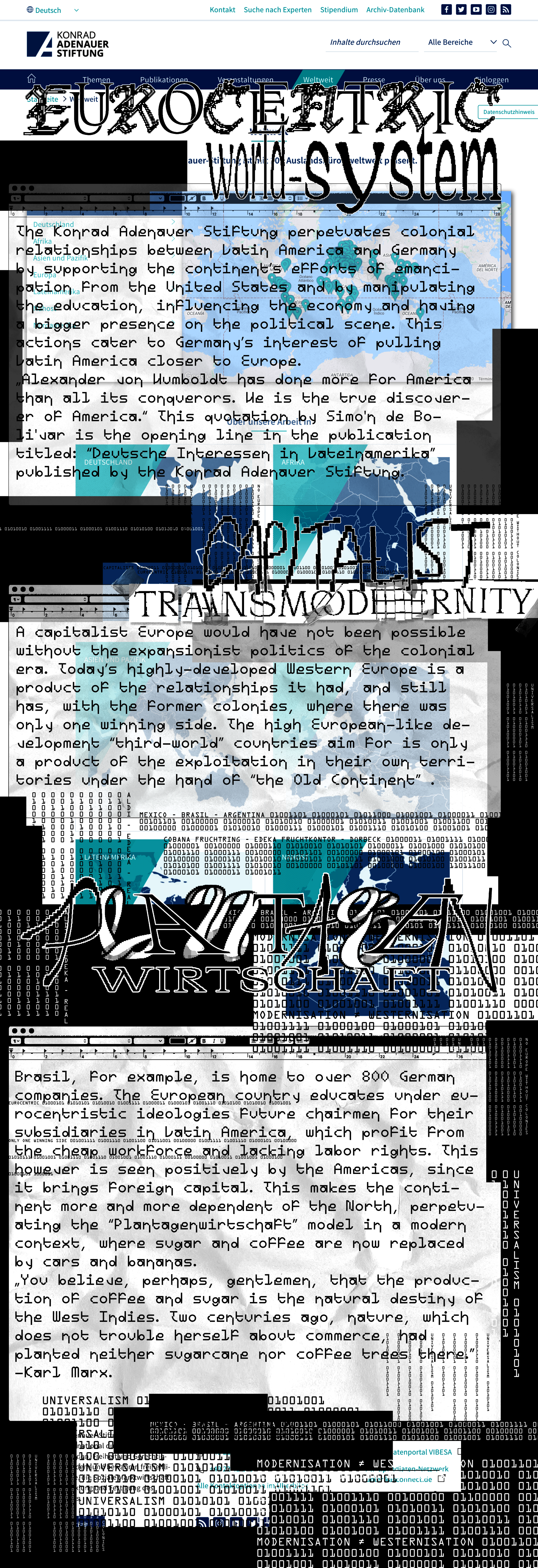
Alle Rechte vorbehalten Ezequiel Hyon
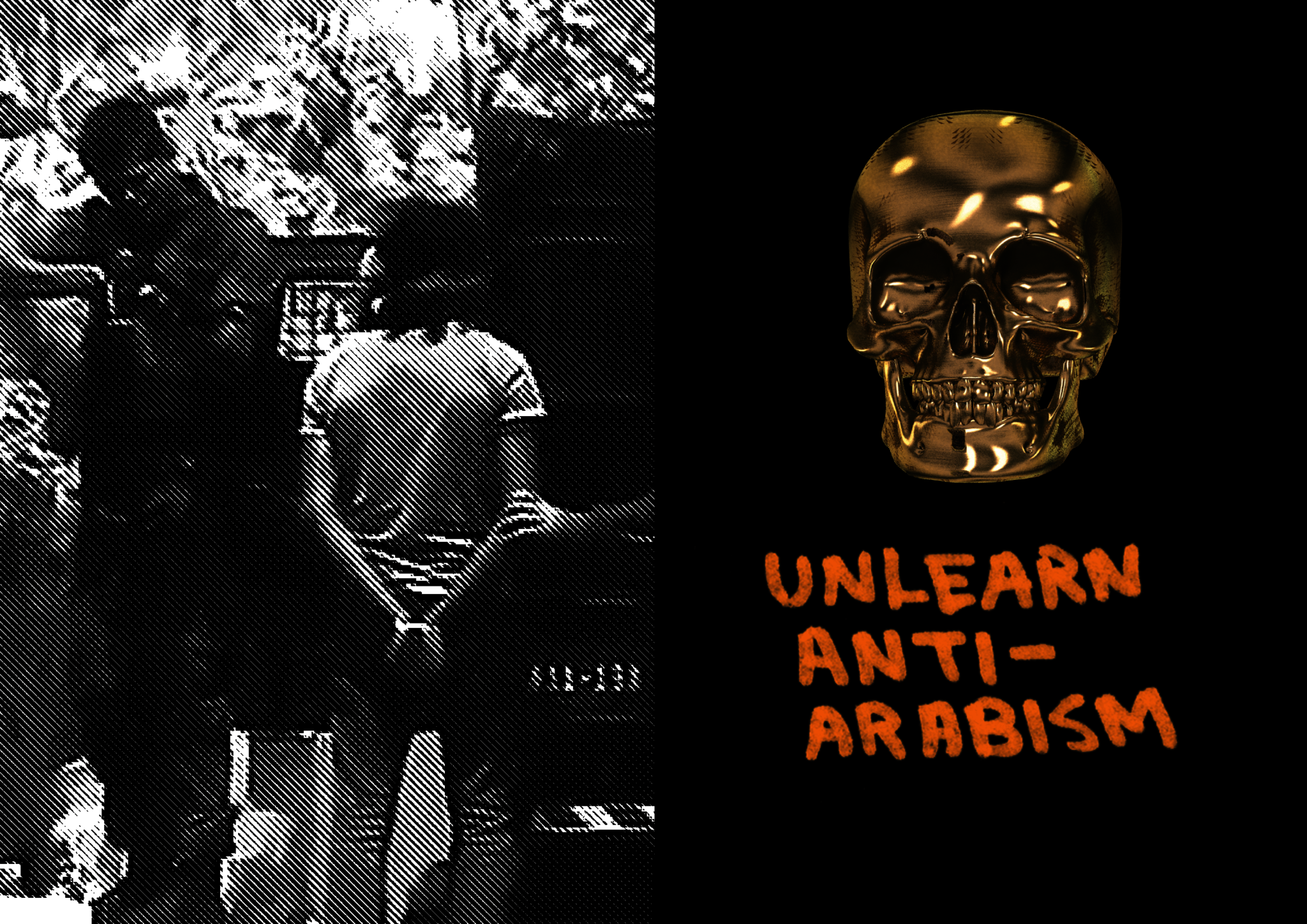
With this project, I wanted to protest how Palestinians are represented in the Western and Israeli media and pop culture, and the narrative that combines these representations. They are often portrayed as rock-throwing, rejectionist, and fundamentalist villains whose main purpose is to make life difficult for the peace-loving, persecuted Israelis. Good guy Bad guy narrative.
These representations are motivated to reinforce racial stereotypes and to perpetuate white supremacy. This narrative is the backbone to justify the military occupation of the Palestinians since 1967 and help to maintain the status quo. Any other narrative or positive representation would threaten this status quo.
I looked into the ideologies behind these representations and narratives, and looked to propose alternatives, find the stories to tell, and ways to visually tell these stories in a manner that is interesting and eye-catchy.
I wanted to base my work on theories concerning representation in ther media, specifically the works of Bell Hooks “Black Looks”, and Edward Said’s book “Orientalism”.
For facts of the situation on the ground in the occupied territories, I read the book of Eyal Weizman “Hollow Land”, who describes the situation from an architect perspective.
Other resources that backed up my work, was the Israel non-profit organisation for human rights B’Tselem,
Two main topics I focused to visually released on in this project:
The Israeli Weapon Industry and its effects on Palestinian lives.
Minors in the Israeli military courts and prions.
My claim is, these representations and narratives of Palestinians, is what is enabling and justifying the occupation of Palestinians, the ill treatment, and the lack of human rights and dignity reenforced by mighty military presence.
I explored ways to visually tell these stories in ways that it would evoke interests, using handwriting as my main focal point, facts, statements and informations that would accompany these visuals. I wanted to produce big sized posters, animated and still, to be hanged around the city on specific spots, and the animated ones to be posted on Instagram.
I first started working with 3D render software, C4D a program that I first started exploring and experimenting with first this semester. I managed to produce some animated visuals, mainly around the topic of military.
I also used real videos of incidents happened in the occupied territories, where soldiers and civilians clashed. The videos were turned into gifs in a bitmap stylistic look.
Further in my research, I started experimenting with woodcut, as I learnt it was used early in the 20th century as a resistance medium in Mexico, as well as in other countries, for its cheap production and distribution.
I combined all these visuals I produced, with handwritten statements or informational key points, which would highlight the issue, in poster series. I kept my natural handwriting, I then scanned it and scaled up in size.
Next to the posters design, I wrote an essay, critically looking at the a Netflix - Israeli produced series “Fauda” and how it portrays Palestinians.
The essay is then put together in a small booklet, printed on newspaper paper, including not only the text, but also the posters designs I produced.
The results:
1 x booklet with essay and visuals
2 x posters series:
1x digitally produced and
1x handmade woodcut prints.
von Mudar Al-Khufash
Alle Rechte vorbehalten Mudar Al-Khufash
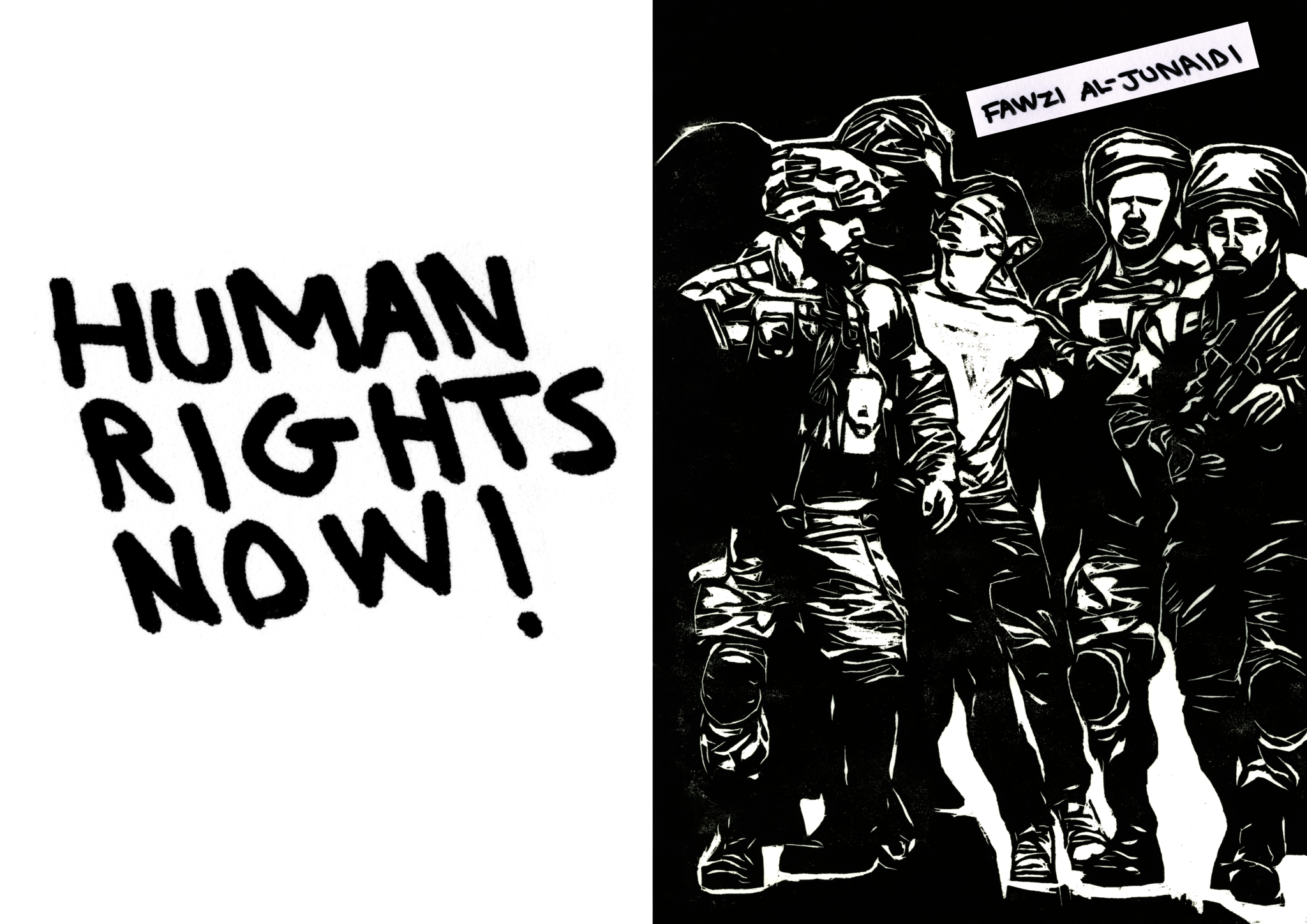
Alle Rechte vorbehalten Mudar Al-Khufash

Like elsewhere in the world, violence towards women is one of the most common human rights abuse in Turkey. Recent researches show that 4 in 10 women are subjected to domestic violence at home by their husbands or boyfriends. Domestic violence against women isn’t limited to physical violence; it has verbal, economic, physchological and sexual dimensions to it as well. The source of this kind of violence is the male domination which is evident at every level of the society in Turkey. It is well known that domestic violence also affects children. Not just physical injuries but also fear and loss of self confidence are among the damage inflicted as a result.
Men turn to violence in order to establish their domination or when they feel it is threatened. Murder is one of the most horrific consequences of this violence. Although we don’t have official statistics, the news in the media indicate that no less than 3 women are murdered by their husbands, boyfriends or their ex-partners every day. Once we agree that violence towards women stems from the inequalities between men and women in the society and undermines women’s right to live, it becomes obvious that we need to fight against on many fronts.
The society is progressing; women are adapting to this change and asking for their modern rights. Women, from all regions and social segments of Turkey, want to work, have access to education, get a divorce or break up with their partners if they are not happy, not to be forced to do things they do not want to, and make their own decisions about their lives. This is an indispensible and irreversible historical process. However, there is still the lackness of efficient policies, problems in implementing constitutional law and international agreements that secure equal existence and rights of women. Certainly women will gain their rights through struggle.
With this project, I aim to support existing feminist groups, platforms, women foundations (such as: Purple Roof Women’s Shelter Foundation, Women's Solidarity Foundation - KADAV, Pembe Hayat, We will End Femicide Platform, KAOS GL) and also every individual in their fight with patriarchy while keeping women alive and safe. By doing so, it is necessary to continuously raise awareness of violence towards women and femicide cases in Turkey and keep informing women about their rights.
Therefore, I designed;
Posters with my handwriting consisting of six following slogans:
Women are stronger together
Purple Roof’s Women Shelter Foundation: Hotline Call
Trans People’s Murders Are Political
Apply the Law 6284 (Protect Family and Prevent Violence against Women)
We Wont Loose One More
End Femicide
Handwritten slogans are scanned and scaled and transformed into a digital format for easier and quicker accesibility and distribution. It is aimed that anyone who has access to the posters can print, paste or use them according to ones’ needs: Mainly at feminist group gatherings, demonstrations (such as: 8 March or 25 November) or simply just to be glued on streets in Istanbul and other cities in Turkey in order to create a better visibility.
A4 Flyer (folded into A7 format): “When you suffer violence”, consists of information about possible steps women can take when they experience violence in case of a need of shelter, economical support or a lawyer. The flyer comes in three languages: Turkish,English,Kurdish and contains emergency phone numbers (such as: women shelters, legal aid bureau, women foundations, police, ambulance) which can change according to the city when the flyer is produced.
It can also be easily reproduced with a photocopy machine and can be hidden from husband, brother, partner of the women due to its small/pocket size.
Stickers: include the name of the women and the murder date, aiming to create an intervention series in the cities.
It is planned that, a new sticker would be created and sticked on street signages depending on the city and district the women is murdered. Thus, with the existence of the stickers, remembrance of women become prominent throughout the year and they continue to raise awareness of femicide cases.
von Ipek Erdöl
Alle Rechte vorbehalten Ipek Erdöl

Alle Rechte vorbehalten Ipek Erdöl
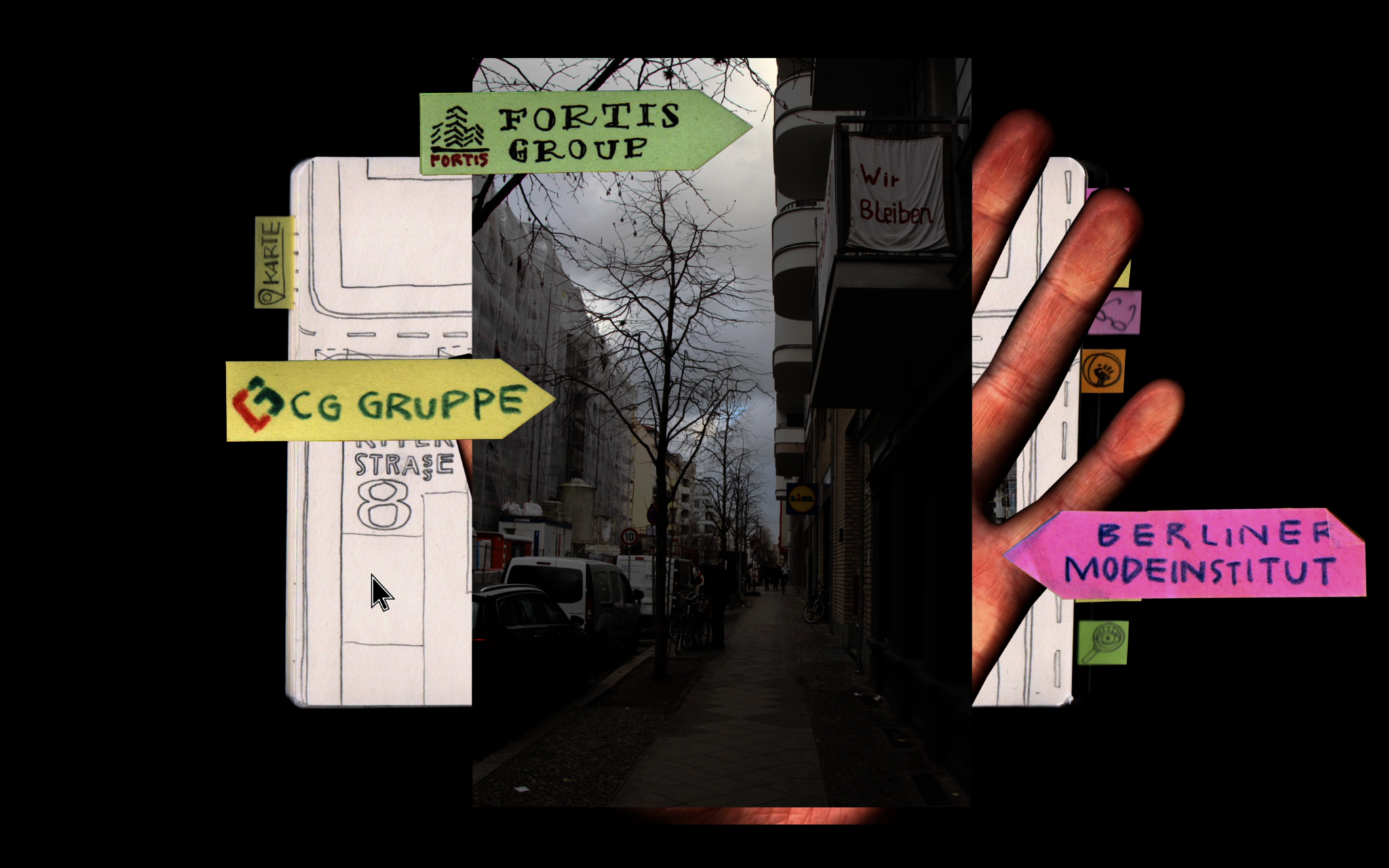
Im Semesterprojekt „Handschrift als Protestmittel“ setzte ich mich mit der typografischen Ästhetik der Hausbesetzerszene auseinander und der gleichzeitig immer stärker werdenden Gentrifizierung Berlins. Hierzu gestaltete ich eine Website in Form eines Notizbuches, welches die Handschrift als spontanes Mittel schnellen und freien Notierens aufgreift. Die Navigation durch die Website funktioniert über Hände und Post-Its, die als Links zu Unterseiten oder anderen Websites fungieren. Ich simulierte eine mögliche Benutzung der Seite in einem animierten Film von 8 Minuten. Eine kleine Besonderheit stellt die Tonspur dar, die jeweils an den konkreten Stellen in Realität aufgenommen wurde und so eine Brücke zwischen Zeichnung, Handschrift, Fotografie und Realität schafft.
von Marie Spannaus
Alle Rechte vorbehalten Marie Spannaus
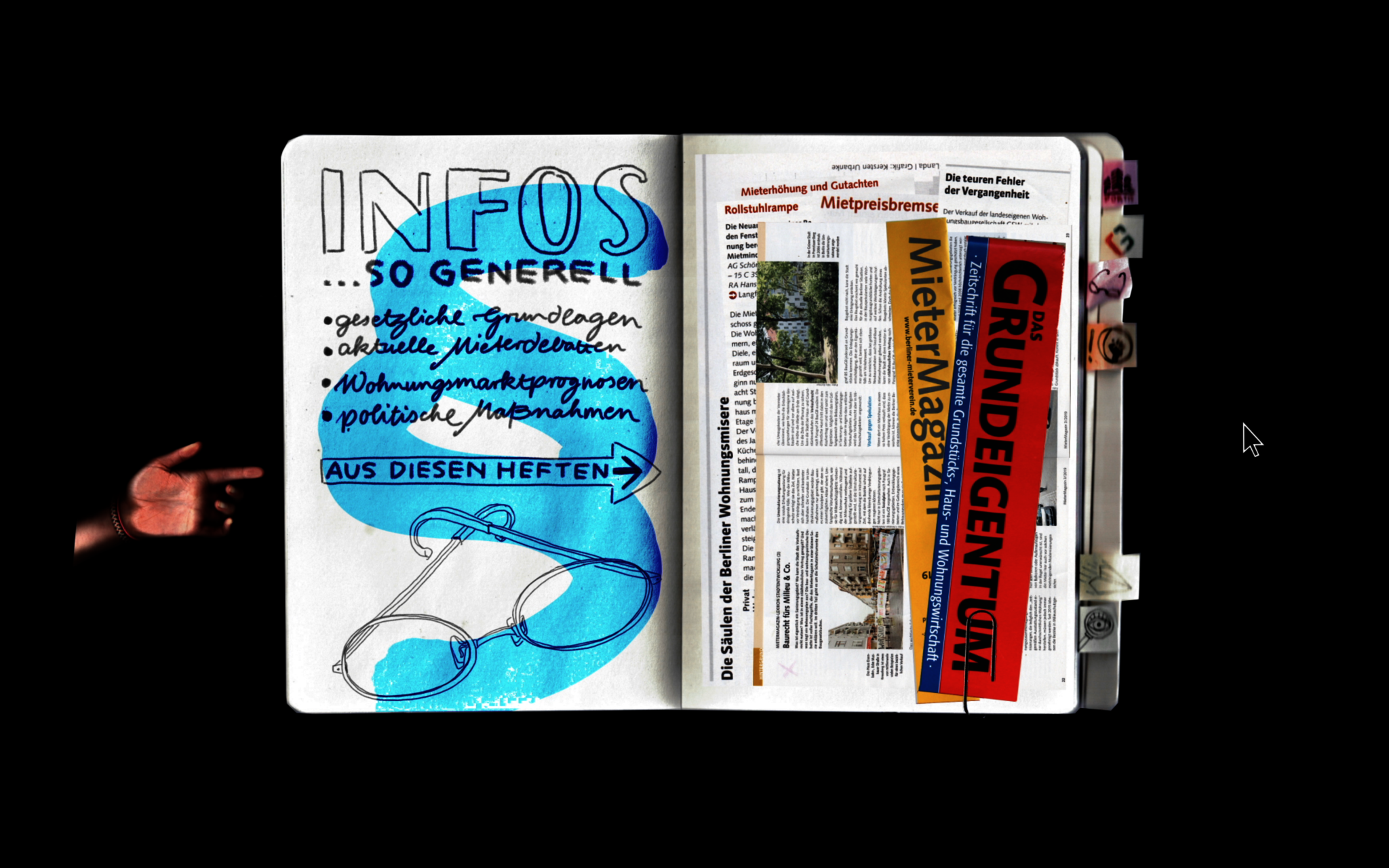
Alle Rechte vorbehalten Marie Spannaus